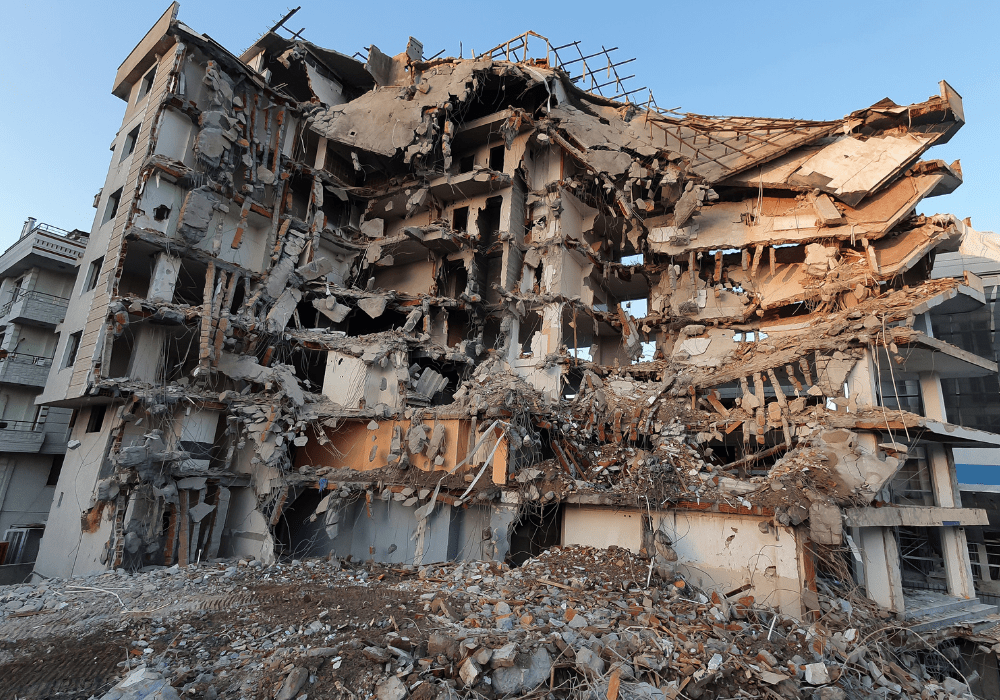
In this study, a team of researchers are assessing whether booklets should be more widely considered in informing the public on disaster preparedness and response, especially their appropriateness in addressing the mental health toll of the recent Turkey-Syria earthquake. The team gathered data on the use of booklets, and found that they have been used in disaster response in several countries, including Ukraine, Malaysia, the United States, and Bosnia Herzegovina.
Turkey and Syria experienced a major earthquake in February of 2023 that led to widespread death and destruction around the region. Among the tools considered for helping the population recover and cope with the effects are information booklets. Booklets that relay information on how to properly prepare for and deal with the consequences of disasters, such as earthquakes, have been utilized in several disasters, including the Great East Japan Earthquake in 2011––a quake so powerful that it shifted the Earth’s axis by 6.5 inches. Responding to a disaster of this magnitude may benefit from the distribution of information booklets to the public, but studies on the effectiveness of using booklets in post-disaster situations have been scarce.
Often times, booklets developed by universities or other research groups are used by government agencies and other organizations that are in charge of post-disaster response. For this study, the research team chose a booklet developed by Tohoku University in response to the Great East Japan Earthquake. They studied the reaction of those in charge of disaster management in Japan, in this case local governments, which were not optimally trained to deal with such a disaster.
The results of their study clearly showed the need for less technical information, and more language that is easily understandable by a general public. Participants also pointed out that the size of the booklet and font were difficult to read for older adults, and that large simple pictures were best for portraying information.
This study demonstrated that if booklets were to be used to aid the public after the Turkey-Syria Earthquake of 2023, especially to address mental health needs, technical jargon needs to be replaced with simple messages and illustrations. The booklets’ creators should also pay attention to their designs’ accessibility to accommodate the visual needs of disabled populations and those who are older. The booklets can also include contact information for consultation services and for suggesting potential areas of improvements. A well-designed booklet can greatly improve everyone’s understanding of what steps to take after a disaster occurs.
By Sarah Ortega
